#quercus rubra
Text
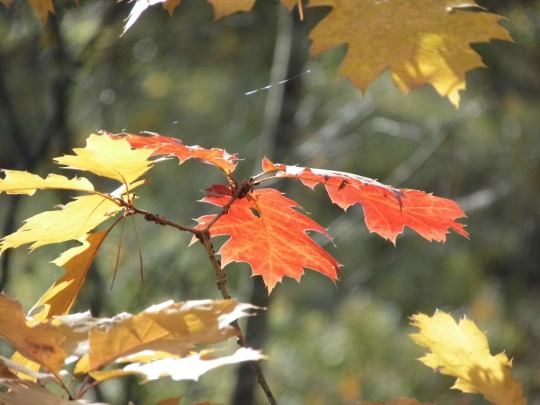
The northern red oak (Quercus rubra)
#Quercus rubra#northern red oak#northern red oak tree#red oak#oak leaves#oak#oak tree#tree#colorful leaves#red leaves#fall leaves#autumn leaves#leaves#autumn tree#autumn leaf#autumn colors#autumn#fall season#fall vibes#beautiful#beautiful photos#my photo#photography#photooftheday#naturecore#photoart#forest#woods#forest view
11 notes
·
View notes
Text

Close up of Leaves of Red Oak (Quercus rubra)
Photo by Ernie Janes
#red oak#oak leaves#quercus#quercus rubra#red oak leaves#red#green#green and red#red and green#leaf photography#macro photography#autumn colors#fall colors#botanical#nature
11 notes
·
View notes
Photo

#photographers on tumblr#original photographers#black and white#nature#autumn leaves#autumn season#fall#leaves#oaks#northern red oak#quercus rubra#european oak#quercus robur#dogwood#svída#dub červený#dub letní#close up#radlice#praha#prague
46 notes
·
View notes
Text

{{VENDU}}
Զʊɛʀƈʊֆ Ʀʊɮʀǟ ƗƗ
Ɦɛʀɮǟʀɨʊʍ : Chêne rouge (Quercus Rubra)
ʟɨɛʊ ɖɛ Ƈʊɛɨʟʟɛȶȶɛ : forêt de la Planoise (Bourgogne)
#the crypt and the incubus#witch jewelry#electroformed jewelry#botanical jewelry#pendentif#chêne#quercus rubra
2 notes
·
View notes
Text
🍂 tree of the week: Quercus rubra

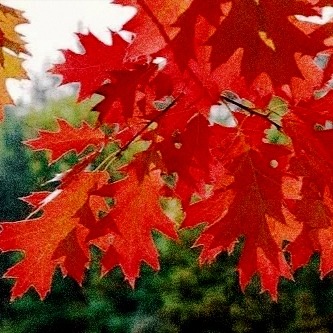

aka. northern red oak, red oak, champion oak. an oak tree native to north america, preferring the glacial drift and well-drained borders of streams. it can grow 43 meters tall and live up to 400 years.
0 notes
Video
red oak and architectural glass. by Howard F.
Via Flickr:
hall. st.helena, ca.
#analog#napa#california#napa valley#hall winery#winery#landscape#scenery#landscape design#nikon em#kodak color plus 200#expired film#film camera#autumn#fall color#red#oak#oak trees#quercus rubra#quercus#architectural glass#glass#architecture#barn#flickr
1 note
·
View note
Text
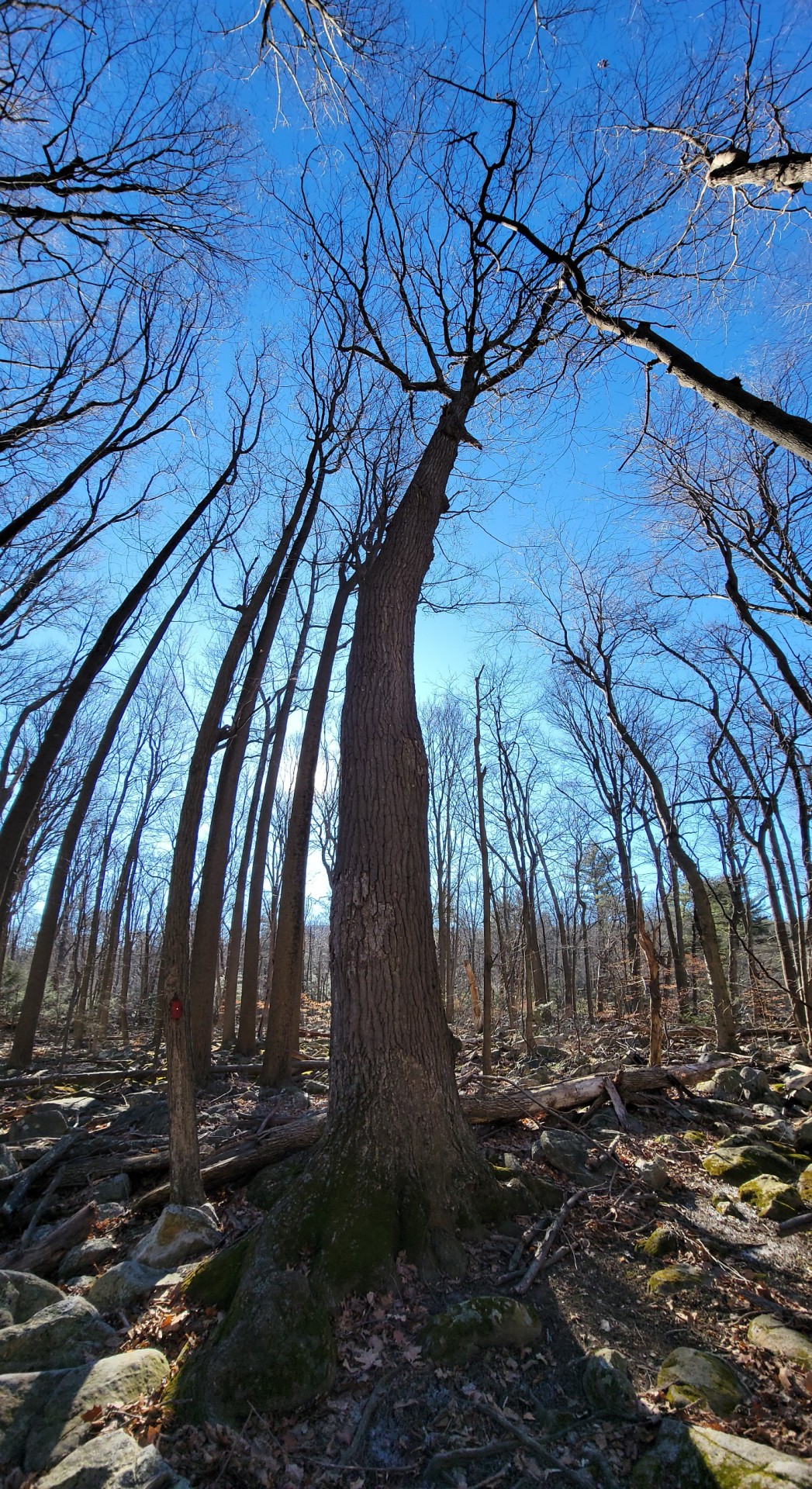
A large red oak in a rough environment
2 notes
·
View notes
Text
[CM] Trees
Alright, breaking into some of the funner expansion packs (in my opinion) - flora and fauna!
These are the culmination of several weeks’ worth of looking into Maine ecology and making species lists for ClayClan’s territory. I can’t promise they’re 100% accurate (there’s always exceptions), but I can say that they’re very plausible based off my reading! In this post I’ll be sharing tree information, plus a bonus verb.
Deciduous
White ash (Fraxinus americana) - Shash
Shash grows in moist soil and is somewhat shade tolerant. Its acorns and leaf buds are eaten by birds, deer, and rodents. This is a good tree for cats who enjoy climbing, as it grows notably strong branches.
American mountain ash (Sorbus americana) - Fefewlepe
Derived from base Clanmew fewl* (to fall), hafefyl* (bird), and lepe* (berry). The fermented fruit of this tree may intoxicate birds in winter! It grows in a variety of soils and is shade tolerant. Fefewepe is an important plant to ClayClan because it's a valued food source for many small birds and mammals.
Bigtooth aspen (Populus grandidentata) - Roqruss
Derived from base Clanmew roq* (tooth) and russ* (leaf). Roqruss grows in a variety of soils but is less adaptable than ufuf, quaking aspen; it prefers full sunlight. It has distinctly toothed leaves. Many birds feed on the seeds and buds of roqruss, while its inner bark is eaten by beavers.
Quaking aspen (Populus tremuloides) - Ufuf
Derived from the sound of leaves shaking in the wind. Ufuf grows in moist soil and is shade tolerant. Its leaves tremble in even light breezes. Deer, hares, beavers, and various bird species all feed off this tree.
American beech (Fagus grandifolia) - Nekbossa
Derived from base Clanmew nekboq* (nut) and kossa* (tree). Nekbossa grows in moist, well-drained soil and prefers full sunlight. It produces beechnuts that are an important food source for chipmunks and squirrels.
Paper birch (Betula papyrifera) - Ooshka
Derived from the words shoosh and kossa* (tree). Ooshka grows in moist soil and is somewhat shade tolerant. Ooshka bark peels once the tree is mature - this bark can be used for weaving! It also has a lot of wildlife value; moose, deer, hares, beavers, and numerous birds feed off the tree’s leaves, bark, and seeds.
Red maple (Acer rubrum) - Reyruss
Derived from base Clanmew rey* (red) and russ* (leaf). Reyruss is named for its brilliant fall colors, but it has something red in all seasons - buds in winter, flowers in spring, and leafstalks in summer. It grows in moist soil and prefers full sunlight. Squirrels, deer, and rabbits eat the samaras and leaves.
Striped maple (Acer pensylvanicum) - Kossip
Derived from base Clanmew sip* (thin stripe) and kossa* (tree). Kossip grows in dry, well-drained soil and is shade tolerant. Its bark is marked with long, thin stripes, hence its name. Squirrels, chipmunks, rabbits, and deer feed off this tree; moose may eat its bark in the winter.
Hawthorn (Crataegus) - Wobenak
Derived from base Clanmew wobe* (apple) and nak* (thorn) - this is a reference to one of hawthorn’s other common names, thorn-apple. Wobenak grows in well-drained soil and prefers full sunlight. It produces small red berries that feed various birds and mammals throughout the winter.
Larch (Larix laricina) - Rreenyyp
Derived from base Clanmew rreen* (golden) and nyyp* (pine needle). Rreenyyp is unique in that it resembles a pine tree but loses its needles seasonally! It grows in moist soil and prefers full sunlight. Squirrels eat its seeds.
Species with the same name as base Clanmew:
Red oak (Quercus rubra)- Byoch*
Gray willow (Salix bebbiana) - Sawa*
Pussywillow (Salix discolor) - Pfufoh*
Coniferous
Pitch pine (Pinus rigida) - Shkikee
Shkikee grows in a variety of soils and is somewhat shade tolerant. It produces thick, sticky resin. Small mammals and birds eat its seeds, while deer may feed on young sprouts.
Eastern white pine (Pinus strobus) - Kik
Kik grows in moist soil and is shade tolerant. This tree produces the largest cones out of any on ClayClan territory! Its seeds are eaten by black bears, rabbits, squirrels, and birds, while beavers, hares, and mice eat its bark.
Balsam fir (Abies balsamea) - Piksh
Piksh grows in moist, well-drained soil and is shade tolerant. It develops resinous blisters on its bark and has a distinct spicy smell. Birds, squirrels, and mice eat its seeds, while black bears eat its bark.
Black spruce (Picea mariana) - Krrifuh
Derived from base Clanmew krriki* (cone) and palifuh* (purple). Krrifuh grows in moist soil and is shade tolerant. It produces tiny, dark purple cones. Birds, squirrels, mice, and chipmunks eat its seeds, while hares eat its saplings; moose and deer might feed off krrifuh when other food is scarce.
Species with the same name as base Clanmew:
Northern white-cedar (Thuja occidentalis) - Shawogi*
Bonus Verb
To peel - Shooshk, shoosh, shoos
Derived from the sound of peeling wood. This word is used most often for peeling bark off trees or for skinning an animal. Like most verbs, this could be part of a warrior name - Barkpeeler, anyone?
8 notes
·
View notes
Note
I am late to your botanical species post but I am here
hello! sorry for taking a while to get to this!
for you i choose Quercus rubra of the Fagaceae family (oak). it is more commonly known as red oak :)
red oak is deciduous (the leaves fall off and grow back later) and known for its leaves turning a pretty red in the fall. the flowers are arranged in a catkin. the flowers themselves are monoecious! which is really cool!
many plants are monoecious (most of what people picture in their head is monoecious), but catkins can be monoecious or dioecious. this simply means both flower parts (male and female) are together. dioecious plants have flower parts that are not together (Ginkgo biloba is a dioecious tree; there are separate "male" and "female" ginkgo trees).
oaks are commonly used for shelter for some species as well as a food source as others. the fruiting type of the red oak is an acorn/nut. acorns are a very common resource for indigenous peoples in north america. i dont know if they harvest from this particular species though as i am only more familiar with tribes in humboldt and shasta county.
i chose this for you, because based off vibes alone, you feel very deciduous hardwood to me. something a cat may enjoy climbing. you have a great assortment of memes, varying interest in fandoms, inclusion of social justice, and a sprinkle of wonder that just screams oak to me. multi-purpose, ever changing, a home for some, a resource for others, and overall very chill. of course a deciduous oak!
they are also very strong :>
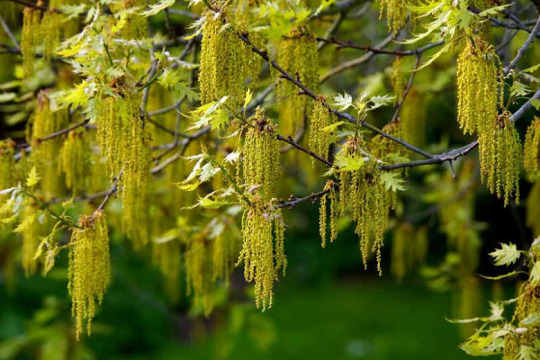
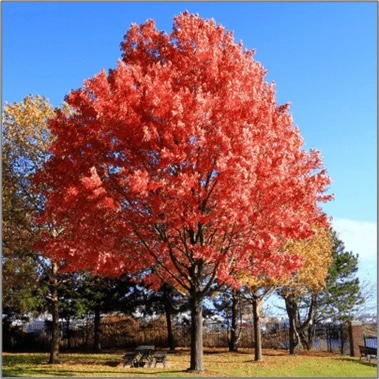
5 notes
·
View notes
Text

Source: Maren Toom photo
ℍ𝐚𝓵l נ𝐀 𝔳คĻǤẸ - punane tamm. Quercus rubra. Red oak.
2 notes
·
View notes
Text
Leaf theme

for prompt 3!
acer
alba
box
beech
birch
betula
blue
blueleaf
blad
blatt
crimson
chestnut
Castanea
dentata
duille
duilleach
deilen
elder
folla
feuille
fýllo
folium
foglia
frunze
gray
king
leaf
leaves
leafy
lehti
list
levél
lauf
liść
maple
Norway
north
növényen
oak
orange
pin
paper
Quercus
red
rubra
river
silver
sugar
stripe
swamp
velutina
white
#leaf#leaves#leaf names#name suggestions#name ideas#read dni#name lists#name blog#read my dni#name inspiration#baby names#gender neutral names#name request#aemogaitober#aemogai#anti endo mogai#cointober#tpcevent
10 notes
·
View notes
Text

#colorful leaves#oak leaves#fall leaves#autumn leaves#leaves#Quercus rubra#Northern red oak#northern red oak tree#autumn colors#autumn tree#autumn leaf#fall#fall colors#beautiful#beautiful photos#my photo#photography#photooftheday#naturecore#photoart#forest#woods#forest view#walking in nature#nature#goblincore#goblin aesthetic#goblin community#green energy#nature lover
4 notes
·
View notes
Text
[WIP] Intro to Bromeliads: Surprising Tropicals for the Zone 9a Garden
Bromeliads are a special family of flowering plants from the Americas that have many adaptations for low-water including CAM-photosynthesis (like cacti). Some are terrestrial like your typical plant but others are able to grow on trees and rocks, scientifically known as “epiphytic” and “lithophytic” respectively. Many bromeliads are great both for beginner gardeners and snobs (me) alike.
Bromeliad categories:
Dyckia & Succulent - Dyckia, Puya, Hechtia, Encholichreron are (somewhat) common genera in circulation these are the bromeliads tend to be more terrestrial or lithophytic, growing in low rainfall areas kind of like an agave or a standard cactus
Airplant - Tillandsia species - these are often wispy plants which gather water from special hairs on their leaves rather than roots which gives them usually a silvery appearance. Airplants are found from South America into the mid-Atlantic USA in a variety of habitats with some even growing on cacti in deserts such as the fragrant and quite large Tillandsia duratti.
Tank & Urn broms aka “classic broms” - common genera are Neoregelia, Aechmea, Billbergia, and Vriesea, these are the popular idea of a brom, plants with stiff leaves that often store water in their centers (known as the “tank”) most of these are native to tropical and subtropical forests in Central and South America.
Note on Hardiness:
For all marginal plants, especially “tank” bromeliads and mounted plants, the rule of thumb is to provide oak canopy or a similar reliable, evergreen cover. This is crucial in climates like Deep South where freezes typically are short in duration, occurring briefly during cloudless nights in winter. The oak canopy functions as a blanket for the plants and keeps the cold (which comes from above!) setting in and potentially also keeping any morning dew from freezing into frost. Bromeliads cope much better with “dry cold”. London is zone 9 just like my area, I’ve visited and seen our native Cabbage palms growing big in London, but they cannot grow half the bromeliads we can. This is because the UK has a wetter and longer-lasting cold. [If you are in UK reading this: look on inat at Tillandsia species growing in Argentina and at Aechmea recurvata].
Photo caption: A collection of bromeliads underneath a native Sand live oak (Quercus geminata)
Photo caption: Billbergia nutans mounted to a Southern live oak, this patch has endured temperatures of 23F and several nights in mid-20s after that. It gets no irrigation or fertilizer.
Siting Bromeliads:
Most bromeliads grown are from humid forests where they evolved to grow on trees. Dappled shade and part sun conditions are almost always best for them for this reason. As mentioned above, the canopy cover is also important to protect the plants from extremes in weather temperature.
If growing in the Southeast, you tend to not have to worry about increasing humidity but I also find localized areas of increased humidity benefit bromeliads and other epiphytes.
Examples of increased humidity areas in my garden:
Tree over a paved surface (water evaporating off paved surface)
Near an air conditioner (these drip out water all day)
Over my small frog pond
Look for lichens and other epiphytes as evidence of suitable areas for humidity-lovers.
Bromeliads that can be grown both terrestrially and epiphytically are perfect for areas of dry shade/high root competition such as at base of native Cabbage palm or particularly thirsty trees like my Red maple.
Caption: A bed with extreme root competition at base of native Red maple (Acer rubra) and Cabbage palm (Sabal palmetto) featuring many bromeliads.
Mounting bromeliads
I recommend using aluminum wire or a natural twine for mounting bromelaids where needed. Plastics like synthetic rope and fishing lines are dangerous to wildlife and, especially synthetic fibers, degrade into microplastics and nanoplastics which are so small they can cross the blood-brain barrier (if you wouldnt bite into a credit card, you shouldnt be using that stuff basically).
Sometimes with the bromeliad shape you can get by just putting it on and using Beard airplant wrapped around it. Some also use wood glue but it is important not to cover too much of the plant if it is an airplant as the plant needs to get water through its leaves.
Bromeliads and other epiphytes including orchids tend to favor the following characteristics:
Furrowed bark (easiest to grab onto)
Evergreen canopy (protects from temperature extremes)
“Leakiness” (tree releases more minerals than average = more fertilizer for epis!)
Live oaks satisfy all three of those characteristics which is why they are draped in beard airplants in the Deep South.
Cypress are also “leaky” and favored by airplants but they do not have furrowed bark nor are they evergreen so outside of zone 10b+ they are not as good for marginal species.
If you are unable to have a full-sized Live oak, I recommend the extremely under-utilized small native oak species Quercus myrtifolia (the record largest is 39 feet but typically they are shorter than two storeys). For reference, the common as sin Japanese Waxleaf privet is a much bigger plant than this and much quicker in growth rate yet I also see it planted right next to houses. You also could try a native holly like the Dahoon or a Weeping yaupon and keep them as small trees.
As far as exotics go, Bottlebrush has furrowed bark and I can recommend it for all day sun to part sun conditions. For no more than 8 hours of sun, Pineapple guava is great but it does have flaky bark so attachment may not occur.
Good Beginner Tank Broms:
Androlopsis skinneri 'Paradise', very nice huge brom for warmer zone 9a
Aechmea caudata, e.g. 'Santa Catarina' perhaps my favorite of the established zone 9a species
Aechmea disticantha warning that it is a vicious bastard of a plant, but probably the hardiest of the larger Aechmea species to my knowledge
Aechmea recurvata
"matchstick" bromeliads e.g.
Aechmea apocalyptica
Aechmea cornata
Aechmea cylindrata
Aechmea gamosepala (probably the most common)
Aechmea x 'Burgundy' hybrid with disticantha parentage but much smaller and less vicious with good foliage color
Billbergia nutans
Other Billbergia hybrids might be hardy as well, a plant that appears to be the cultivated hybrid 'Hallelujah' bloomed through 3 days of mid-20s night temps under oak in a very sheltered location (notably firebush in same area was of course knocked to the ground).
Many Neoregelia hybrids, at work the following had little to no damage during mid-20s:
Neoregelia Cruenta
Neoregelia Super Fireball
Noid that lookes like Neoregelia Raphael
Noid that looks like Neoregelia ___
Nidularium innocentii
Androlopsis x Aechmea disticantha = O'Rourke very nice intergeneric likely hardier than Androlopsis parent thanks to disticantha but this also makes it a bit more brutal to handle than Androlopsis
Airplants for zone 9a:
Showy species native to North FL
Tillandsia bartramii
Tillandsia x floridana
Tillandsia usenoides aka "Spanish moss" (i call beard airplant)
South TX Tillandsia baileyi
"Southern Cone" airplants such as:
Tillandsia aeranthos
Tillandsia albertiana
Tillandsia stricta
Tillandsia tenuifolia
Misc. species
Tillandsia ionantha
0 notes
Photo

Autumn colors palette. Green/light yellow = Norway maples (Acer platanoides), full light yellow = European beeches (Fagus sylvatica), deep yellow/orange = Field maples (Acer campestre), red = Northern red oaks (Quercus rubra).
#photographers on tumblr#landscape#autumn colors#trees#forest#autumn#fall#colourful#colored leaves#norway maple#acer platanoides#field maple#acer campestre#european beech#fagus sylvatica#northern red oak#quercus rubra#prokop valley nature reserve#přírodní rezervace prokopské údolí#butovice
22 notes
·
View notes
Text

{{VENDU}}
Զʊɛʀƈʊֆ Ʀʊɮʀǟ Ʋ
Ɦɛʀɮǟʀɨʊʍ : Chêne rouge (Quercus Rubra)
ʟɨɛʊ ɖɛ Ƈʊɛɨʟʟɛȶȶɛ : forêt de la Planoise (Bourgogne)
#the crypt and the incubus#witch jewelry#electroformed jewelry#botanical jewelry#pendentif#chêne#quercus rubra
2 notes
·
View notes
Text
Quercus rubra Red Oak
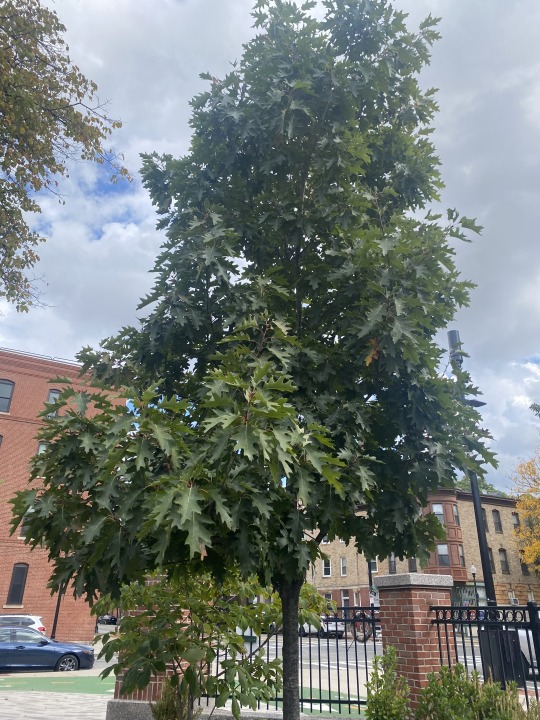
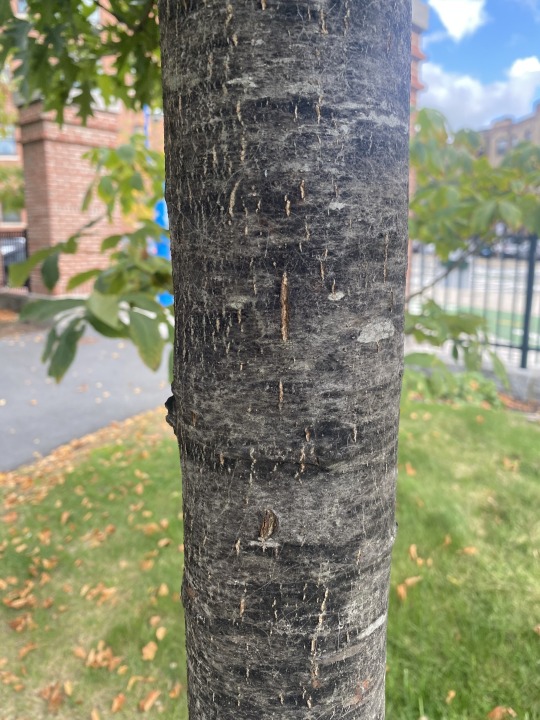


Red Oak aka Quercus rubra! This tree was photographed at Northeastern University's arboretum near Carter's Field.
Basic Facts
Similar to white oak, it prefers full sun. It also does well in medium moisture and acidic soil. This tree is mostly healthy and does not seem to have any issues which could suggest that most conditions are being met. This tree can be used as a shade or street tree. The cold hardiness of this tree is zone 4 to 8.
Design
Similar to White Oak, considering a shrub layer that is drought resistant under the tree is a useful technique when designing landscapes using a Red Oak tree
Wildlife Benefits and Considerations
White Oaks provide great cover and nesting for surrounding wildlife and mammals such as deer, elk, moose, and rabbits browse the leaves and the young seedlings. The acorns produced by this tree also attracts wildlife, meaning this tree is valuable to wildlife in many different ways!
Have you ever seen these acorns from this tree?
Source:
https://www.missouribotanicalgarden.org/PlantFinder/PlantFinderDetails.aspx?kempercode=i760
https://plants.usda.gov/DocumentLibrary/plantguide/pdf/pg_quru.pdf
0 notes